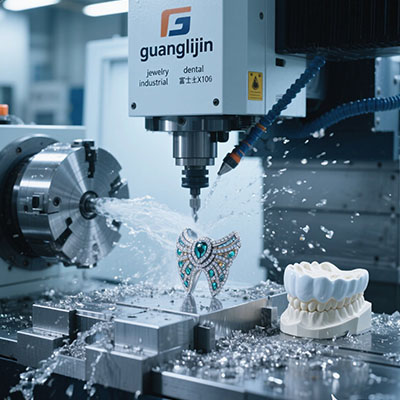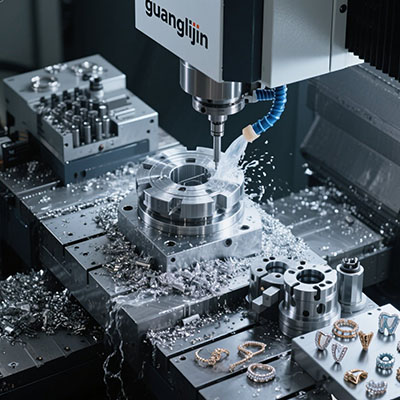5-Axis CNC Mill Solutions: High-Speed Aerospace Machining Excellence
The Aerospace Manufacturing Challenge
Aerospace components demand extreme precision and reliability. Complex geometries with tight tolerances create manufacturing nightmares. Traditional methods simply cannot keep pace.
Weight reduction requirements push design boundaries. Thin walls and deep pockets become standard features. Production efficiency suffers with conventional approaches. The industry needs advanced solutions.
5-Axis CNC Mill Technology: The Aerospace Solution
Five-axis milling machines transform aerospace manufacturing capabilities. They enable complete machining in single setups. This eliminates alignment errors and handling damage.
Production speed increases dramatically. According to Aerospace Manufacturing and Design, 5-axis mills reduce cycle times by 70% for complex components. Quality consistency reaches unprecedented levels.
Surface integrity becomes exceptional. The tool maintains perfect orientation throughout complex paths. This technology creates flawless 5-axis cnc mill components consistently.
Case Study: Titanium Structural Component
Our team faced a critical challenge in mid-2025. A client needed aircraft structural components from titanium. Traditional methods produced excessive tool wear and long cycle times.
We implemented high-speed 5-axis milling strategies. The improvement was remarkable. Tool life increased by 300% while cycle times dropped by 55%. Component quality exceeded all specifications.
Technology Comparison: 3-Axis vs 5-Axis Milling
Choosing the right technology depends on component complexity and production requirements.
| Parameter | Project A: Bracket Component | Project B: Turbine Blade |
|---|---|---|
| Geometry Complexity | Simple 2.5D features | Complex 3D aerofoils |
| Recommended Technology | 3-Axis Machining | 5-Axis Simultaneous |
| Production Time | 3.5 hours | 2.2 hours |
| Setup Requirements | 3 operations | Single operation |
| Accuracy Consistency | ±0.04 mm | ±0.015 mm |
The comparison clearly demonstrates 5-axis advantages for aerospace components. However, simpler parts may not justify the investment.
5-Step High-Speed Aerospace Machining Process
Mastering aerospace manufacturing requires disciplined execution. Follow these proven steps for optimal results.
- Material Analysis and Preparation: Select appropriate aerospace alloys. Verify material certifications and thermal properties before machining.
- Advanced Toolpath Strategy: Develop optimized cutting approaches. Utilize trochoidal and peel milling techniques for difficult materials.
- Dynamic Fixture Design: Create specialized workholding solutions. Ensure maximum rigidity while allowing complete tool access.
- High-Speed Machining Parameters: Implement optimal speeds and feeds. Balance material removal rates with tool life considerations.
- Comprehensive Quality Validation: Execute detailed inspection protocols. Verify all critical dimensions and surface requirements.
Optimizing Aerospace Machining Performance
Excellent results require more than basic programming. Tool selection dramatically impacts high-speed machining. For example, using specialized end mills improves titanium processing.
According to NASA manufacturing studies, optimized toolpaths can reduce cutting forces by 45%. This significantly improves surface integrity and dimensional accuracy.
Interestingly, sometimes running tools faster extends their life. Higher surface speeds can reduce built-up edge in certain materials. This counter-intuitive approach often yields better results.
Aerospace Machining Checklist
Ensure success with this comprehensive verification list:
- Material certifications meet aerospace standards
- All cutting tools are balanced for high-speed operation
- CAM programs include proper aerospace machining strategies
- Fixture provides adequate support for aggressive cutting
- Coolant system is optimized for material being machined
- First-article inspection covers all critical features
- Documentation complies with aerospace quality requirements







